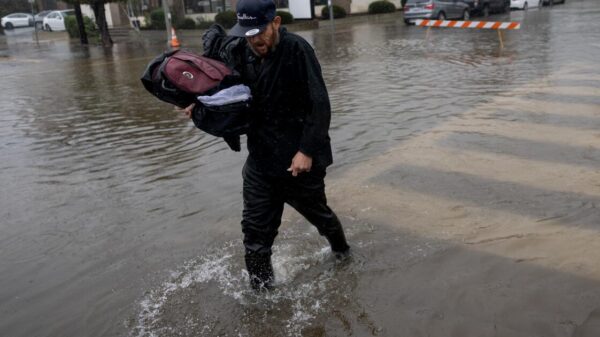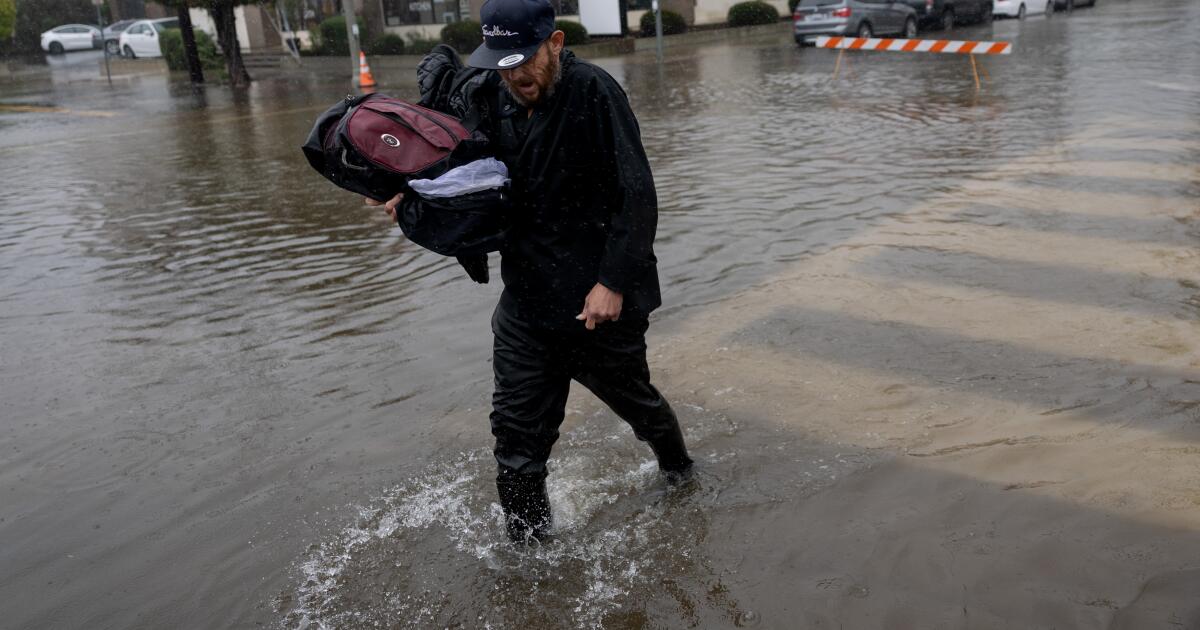Residents are increasingly abandoning neighborhoods at high risk of flooding in the United States. According to a recent report from Redfin, more than 30,000 people left these vulnerable areas between July 2022 and July 2023, marking the first net outflow since 2019. This shift contrasts sharply with the trends observed during the pandemic, when remote workers flocked to coastal regions and cities in the Sun Belt.
The report analyzed data from 310 high-flood-risk counties identified by First Street, a climate-risk modeling firm, and compared it with population estimates from the U.S. Census Bureau. Of these counties, 132 experienced net outflows of residents, while 178 saw net inflows. Despite the influx in some areas, the overall number of people leaving exceeded those arriving.
Coastal Areas Hit Hardest
The exodus is particularly pronounced in major coastal metropolitan areas. Miami-Dade County led the nation with a loss of 67,418 residents, a significant increase from the previous year’s outflow of 50,637. Harris County, home to Houston, lost 31,165 residents, while Kings County in New York, which includes Brooklyn, saw a decline of 28,158. Orleans Parish, where 99% of homes face high flood risk, lost 4,950 residents.
In contrast, counties identified as low-flood-risk gained 35,941 people, representing the largest increase since 2019. This shift in population dynamics highlights the growing concern over climate risks associated with living in flood-prone areas.
Financial Pressures and Climate Concerns
A separate survey conducted by Redfin revealed that climate risk is a more pressing concern for residents of Florida compared to Texas. Many Florida residents cite rising insurance premiums, surging homeowners association fees, and special assessments as significant factors behind their relocation. The collapse of a 12-story building in Surfside in 2021, which resulted in nearly 100 fatalities, has further exacerbated financial pressures in the region.
The impact of Hurricane Helene, which caused an estimated $93 million in damage to Pinellas County last year, also contributed to the area’s first population net outflow in years. Displaced residents have sought refuge in neighboring Pasco County, where the flood risk is lower, while some have relocated out of state entirely.
Despite the domestic migration losses, many flood-prone counties continue to see population growth due to international immigration. In Miami-Dade County, for example, over 120,000 international arrivals compensated for the outflow of residents. Notably, six of the ten high-flood-risk counties with significant domestic outflows still reported overall population gains.
As the trend of relocating from flood-prone areas continues, it raises important questions about the future of community planning and climate resilience in the United States. The shifting demographics reflect a growing awareness of the impacts of climate change and the financial burdens associated with living in vulnerable areas.



































































